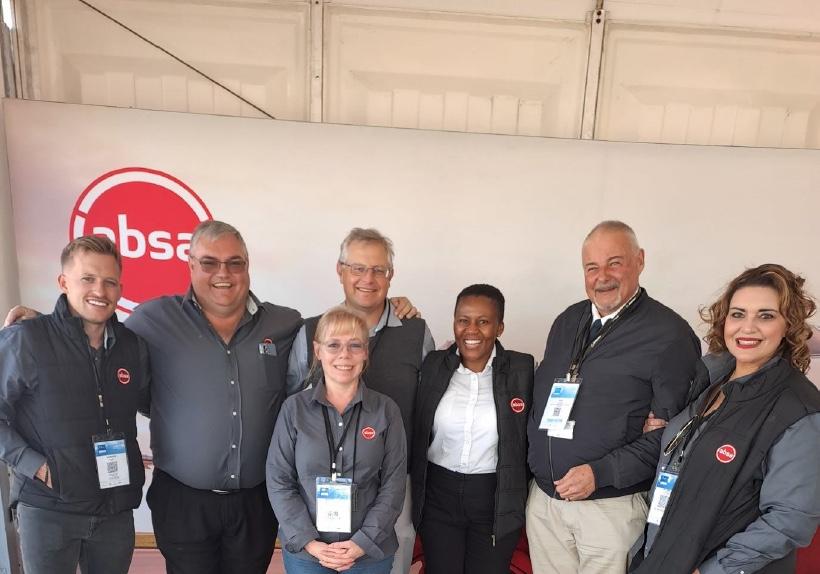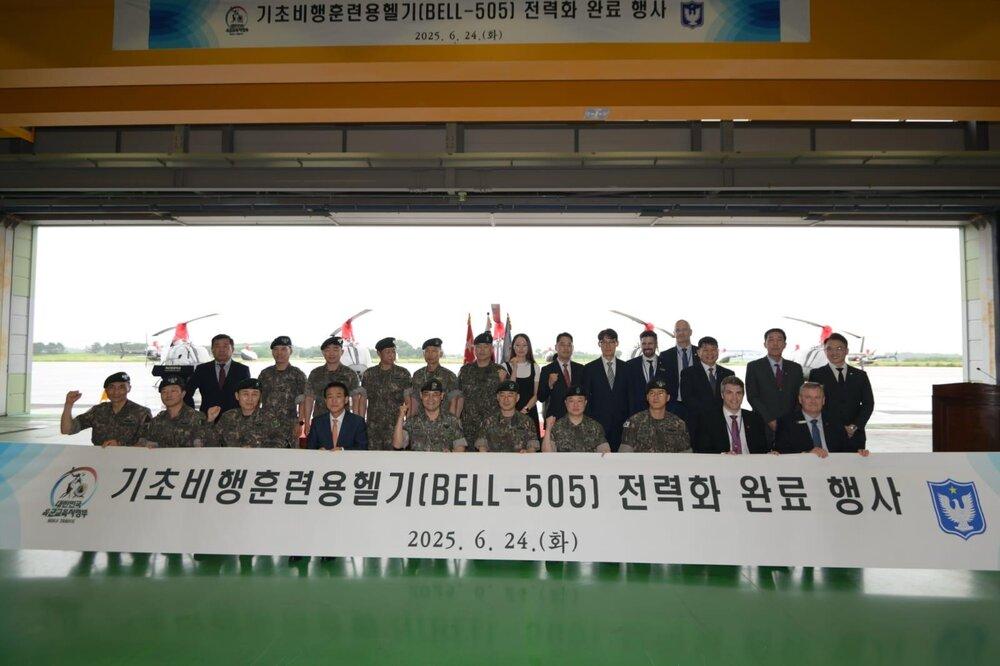
AVIATION FINANCE REQUIRES DEEP SECTOR EXPERTISE AND A BESPOKE APPROACH ŌĆō ABSA BUSINESS BANKING
As international passenger travel continues to rebound in the aftermath of the Covid-19 pandemic, aviation is increasingly making its mark as an enabler of business



















